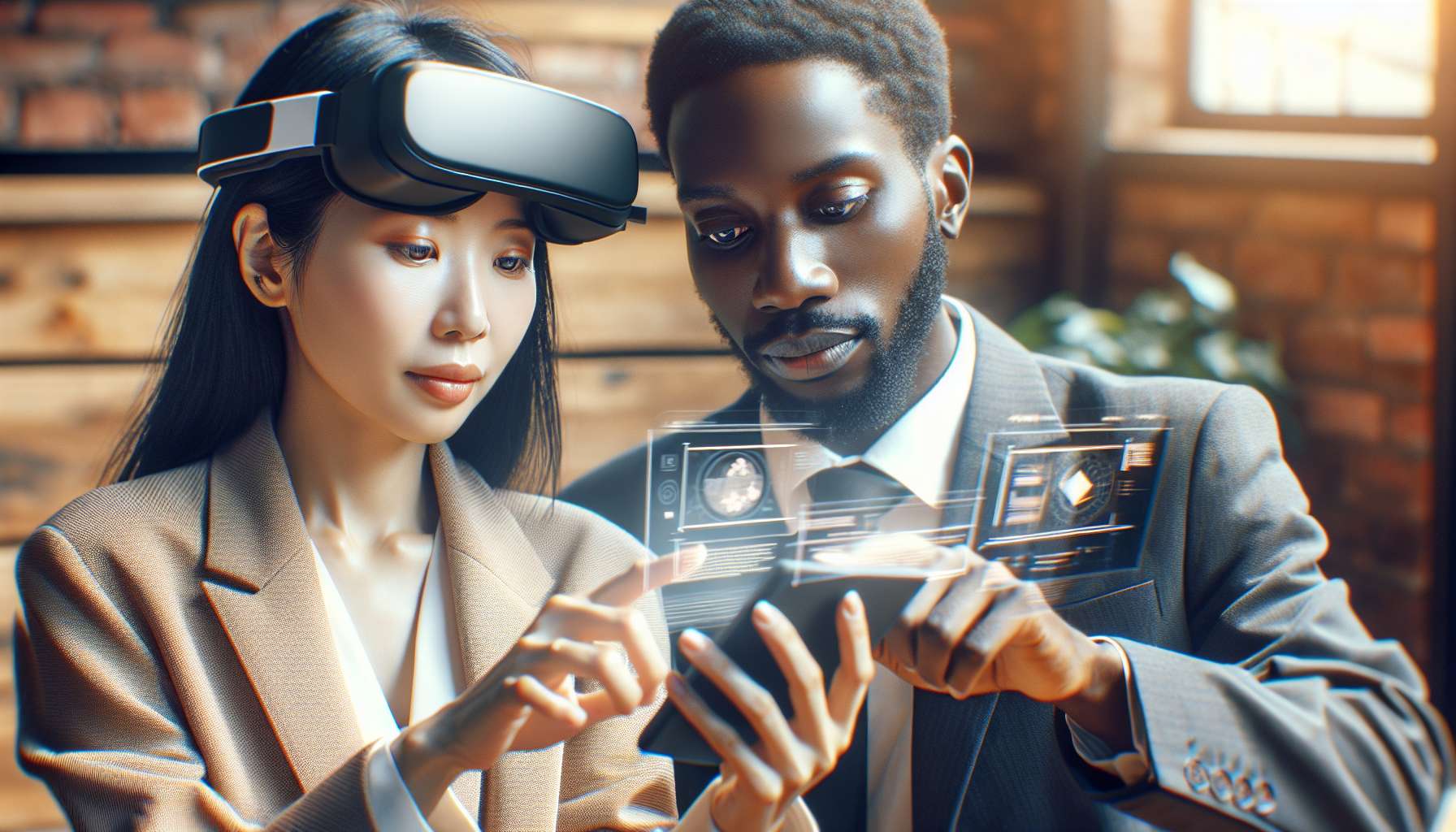Enhancing the B2B Buying Journey with Augmented Reality
As technology continues to evolve, businesses are constantly seeking innovative ways to enhance their operations and improve customer experiences. One such technology that has gained significant attention in recent years is augmented reality (AR). By blending the virtual and physical worlds, AR has the potential to revolutionize the B2B buying journey, providing personalized and immersive experiences for customers. In this article, we will explore how AR can be leveraged to personalize the B2B buying journey and provide you with some tips and tricks to get started.
Understanding the B2B Buying Journey
Before we delve into the role of AR in personalizing the B2B buying journey, let’s briefly understand the different stages involved. The B2B buying journey typically consists of the following stages:
- Awareness: The buyer becomes aware of a problem or need.
- Evaluation: The buyer researches and evaluates potential solutions.
- Decision: The buyer makes a final decision and selects a vendor.
The Power of Personalization
Personalization is key to creating memorable and impactful buying experiences. It allows businesses to tailor their offerings to individual customer needs, increasing engagement and driving sales. AR offers a unique opportunity to personalize the B2B buying journey by providing interactive and immersive experiences.
Imagine a scenario where a potential buyer is evaluating different manufacturing equipment options. With AR, they can visualize the equipment in their own facility, virtually placing it in their workspace. They can explore different configurations, test compatibility, and even simulate the equipment in action. This level of personalization not only helps the buyer make an informed decision but also creates a lasting impression.
Tips and Tricks for Personalizing B2B Buying with AR
Now that we understand the potential of AR in personalizing the B2B buying journey, let’s explore some tips and tricks to effectively implement this technology:
- Identify key touchpoints: Analyze your B2B buying journey and identify the key touchpoints where AR can add value. This could be during product demonstrations, virtual showrooms, or even post-purchase support.
- Create interactive product experiences: Develop AR experiences that allow buyers to interact with your products virtually. This could include features like 360-degree views, product customization, or even virtual try-ons.
- Provide real-time information: Use AR to provide real-time information and data overlays. For example, a buyer evaluating construction materials can use AR to view specifications, pricing, and availability in real-time.
- Offer remote collaboration: Enable remote collaboration through AR, allowing buyers and sales teams to interact and make decisions together, regardless of their physical location.
- Collect and analyze data: Leverage AR analytics to collect valuable data on buyer interactions and preferences. This data can help you further personalize the buying journey and optimize your offerings.
The Future of Personalized B2B Buying
As AR technology continues to advance, the possibilities for personalizing the B2B buying journey are endless. From virtual showrooms to augmented product manuals, businesses can create truly immersive and tailored experiences for their customers. According to industry forecasts, the global AR market is expected to reach $100 billion by 2024, indicating the growing importance and adoption of this technology.
By embracing AR and personalizing the B2B buying journey, businesses can differentiate themselves from competitors, build stronger relationships with customers, and ultimately drive growth. So, why wait? Start exploring the potential of AR for your business today and unlock a world of enhanced buying experiences.





